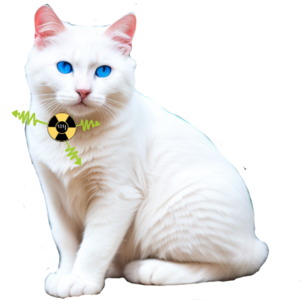
College of Engineering Unit:
With the turn of the 21st century, there has been an increase in the importance of companion animals in society within developed countries. According to a survey by the American Pet Products Association it was found that 90.5 million Americans families own a pet. (2021). The pet industry is a multi-billion dollar industry due to the amount spent on the health and wellness of animals. Along with the rise in societal importance, animals are now being treated with advanced therapeutics similar to humans. There has subsequently been an increase in the use of radionuclides to treat cancer within the field of veterinary medicine. This increase in veterinary healthcare has increased so much that issues may arise with not being able to meet the demands of the public, especially in cases of emergency situations. (Dunning et.al, 2009).
When a companion animal is undergoing radiotherapy, there are specific procedures veterinary specialists and pet owners must follow to ensure human and pet safety. Many post-treatment guidelines include isolating the pet for an allotted period of time, and using proper hygiene practices to maintain safety from the animal. Although there are established post-treatment guidelines for radiotherapy, there lacks guidance on what pet owners and veterinary response teams should do in the case of an emergency evacuation.
This project shall answer the following questions; What to do with radioactive waste created by companion animals in an emergency situation? Is it safe to evacuate in the same transportation vehicle as an animal that is undergoing radiotherapy treatment? At what dose level does it become unsafe to be in the same vehicle as an animal in radiotherapy treatment? How many steps is too many steps for a protocol to be efficient in stressful scenarios that will be coupled with the evacuation protocol for human-beings?
*Dunning, D., Martin, M., Tickel, J., Gentry, W., Cowen, P., & Slenning, B. (2009). Preparedness and disaster response training for veterinary students: Literature review and description of the North Carolina State University Credentialed Veterinary Responder Program. Journal of Veterinary Medical Education. Retrieved January 20, 2023, from https://jvme.utpjournals.press/doi/10.3138/jvme/013?url_ver=Z39.88-2003&...
| Attachment | Size |
|---|---|
| 356.23 KB | |
| 505.89 KB |